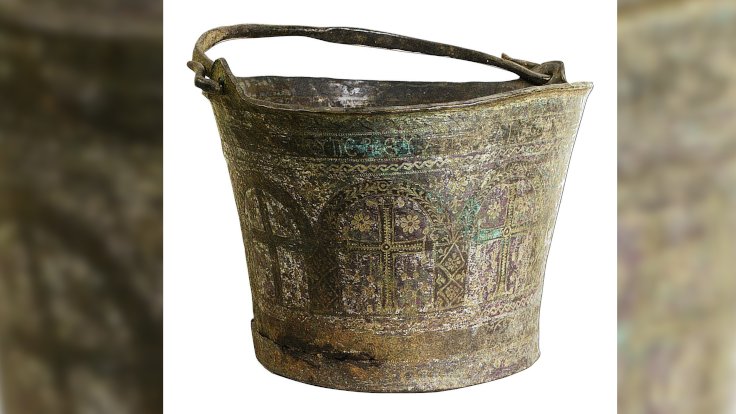In the excavations conducted at the Kayalıpınar Ruins, located within the boundaries of the Sivas province in present-day Türkiye, which the Hittites considered the Upper Land, a seal impression belonging to Hattusili III was discovered.
Recognized through the Kadesh Battle and the subsequent Kadesh Peace Treaty, Hattusili III elevated the Hittite Empire to become the dominant superpower in the region.
Hattusili III ruled the Hittite lands between 1267 and 1237 BC.
Before ascending to the Hittite iron throne, Hattusili III ruled the Hakpis Kingdom (Upper Land) by the appointment of his brother, Muwatalli II.

In the excavations carried out at the 3,800-year-old Hittite city of Kayalıpınar in the Yıldızeli district of Sivas, seal impressions belonging to Hittite King Hattuşili III, as well as numerous clay seal impressions related to the King’s children, his wife, and princes, along with cuneiform tablet fragments containing festival and oracle texts, were discovered.
Excavations at Kayalıpınar, located in Sivas and known as the ‘Upper Land’ ruled by Hattusili III, are ongoing under the leadership of Associate Professor Dr. Çiğdem Maner from Koç University’s Department of Archaeology and Art History.

Çiğdem Maner stated to Türkiye’s state news agency AA that they have been carrying out excavations in Kayalıpınar village since 2021 together with Boğaziçi University Deputy Director of Excavations Emre Kuruçayırlı. “We worked with an international team from various universities, and our excavations this year lasted approximately 2.5 months,” Maner said.
She emphasized that this year’s excavations provided evidence that Kayalıpınar was the thousand-year-old center of the Hittites. Maner said, “Kayalıpınar was previously known as a settlement from the Old Assyrian and Hittite periods. Through this year’s findings and architecture, we have come to understand that this settlement is indeed much older and extended into later periods. These excavations prove that Kayalıpınar was the center of millennia.”
Maner explained that they conducted excavations in four different areas in Kayalıpınar this year and stated the following:

“In the excavations we conducted in these areas, we uncovered both significant architectural remnants and important artifacts. In one of our trenches, we were particularly able to understand the stratigraphy of this excavation. Among the most important findings are seal impressions that could potentially change Hittite history. These seals are imprinted on clay and have managed to survive to the present day. We found them in a burned building we excavated. Especially from the period of III. Hattuşili, we discovered very important seal impressions related to his wife, children, and the royal family. After consultations and discussions, we would like to designate the structure where these were found as the Imperial Archive. We can see that there is a very significant Hittite imperial archive in Kayalıpınar.”
Maner mentioned that in the excavations, they found numerous clay seal impressions belonging to King Hattusili III, his children, wife, and princes. She further highlighted the discovery of a clay seal impression specifically belonging to the king’s eldest son and heir, Prince Nerikaili. Maner stated, “These seal impressions excited all of us greatly. In addition to these, we also found cuneiform tablet fragments with inscriptions related to festivals and oracle texts.”

Maner stated that they have discovered administrative structures from the Hittite period in Kayalıpınar. She continued, “We haven’t found a religious structure yet, but most of the inscriptions are religious texts. Therefore, in our future work, we aim to uncover religious structures and hopefully find some political texts as well. When we look at the archives in Hattusa (Boğazköy), we see that very important political texts have emerged. In this year’s excavations, we also unearthed two new Hittite structures. Based on their plans and findings, we believe they could be temples. In fact, we found the name of King Hattusili III engraved on a ceramic vessel in one of the structures. So, we are very excited.”
Maner explained that they speculate there was a burned shelf in the area where they found the seal impressions. She said, “During the Hittite period, they used to wrap strings around wooden tablets, and they would imprint seals on those strings. These seals have survived to the present day, but the wooden tablets turned into ashes due to the fire.”
Cover Photo Sözcü
















